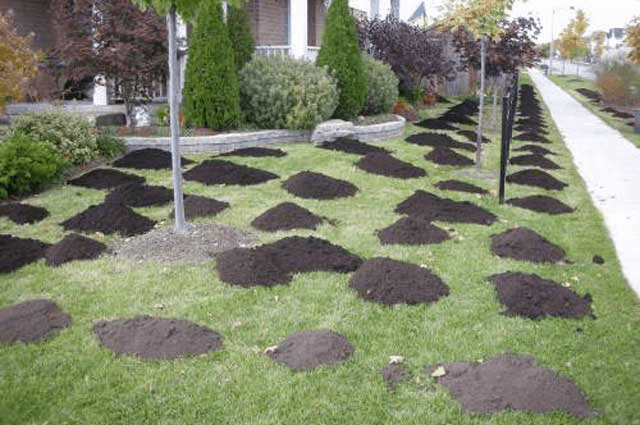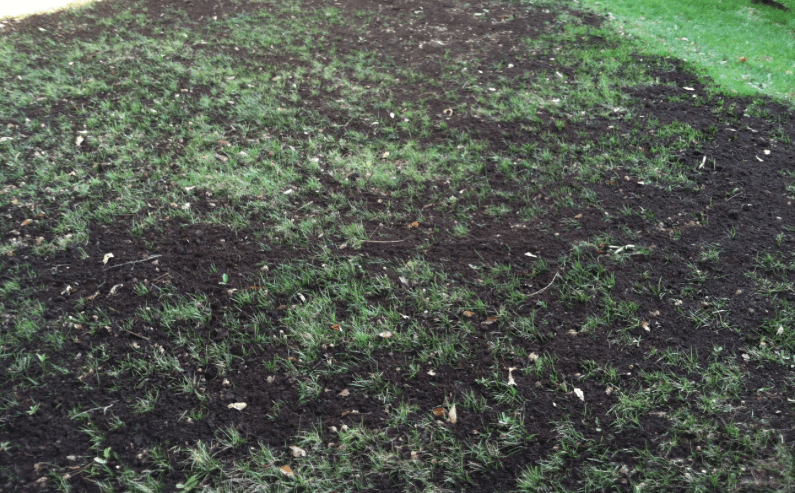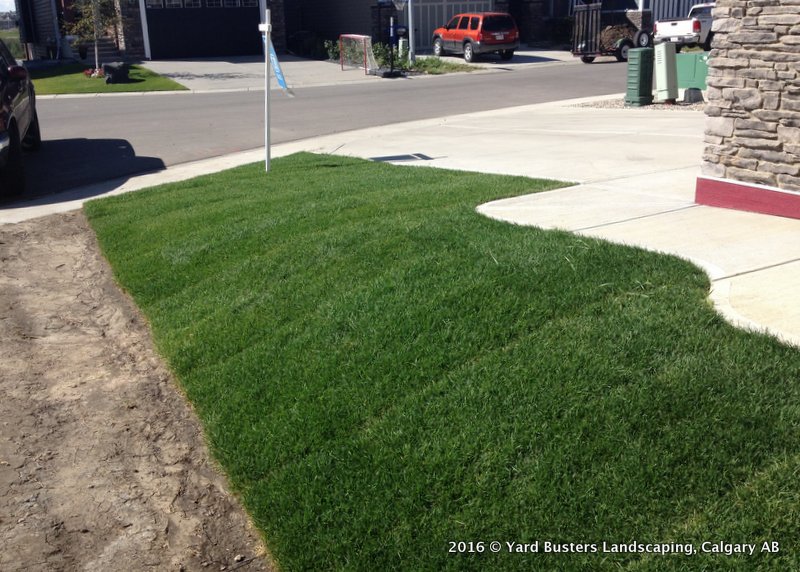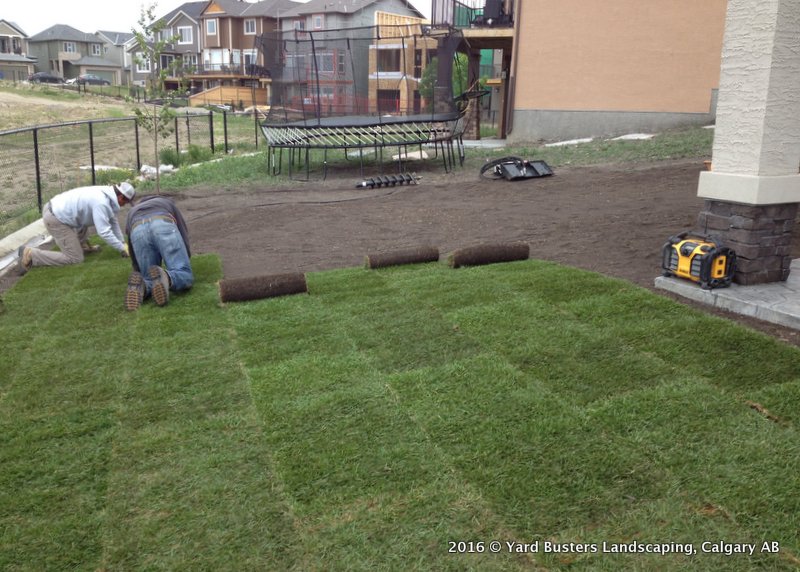7 Ways To Get Your Grass Greener Quicker This Spring
Spring is just upon us, but has your grass turned as green as it should be by now? Greener grass adds charm and beauty to the surroundings. It refreshes every eye that has a sight of it. Well, spring is known by greener grass, isn’t it?
If you have been sitting around the corner and waiting for your grass to turn greener quicker, know that it won’t. Like humans, grass also needs certain kinds of measures and treatments. It should have enough nutrients to grow healthily. That’s the only way on its part to get greener.
On your part, there are several ways you can adopt to help it. Following are a few productive ways to get your grass greener quicker this spring:
1: Perform Aeration
The soil needs enough substances in the form of air, water, and nutrients to strengthen the roots and make grass grow quicker. Aeration is a simple process that creates a passageway for air, water, and other significant nutrients. As these supplements get into the soil, the growth indicators perform way better.
Aerating means creating holes in the soil to let nutrients make their way in. To poke holes, there are lawn aerators available on the market. However, you need not perform aeration frequently. It needs to be done once a year only. Right before spring, blooms are a perfect time.
And so, you need not buy an aerator. Renting one would do the job really well.
2: Get Help with Power Raking
Power raking is another helpful process. With the help of power raking, you can make your grass outperform this spring.
Raking means thatching your grass. Over time, dead grass builds up on the surface and prevents air, water, and necessary nutrients from getting in. Also, insects love to make their nests on thatches. This often results in bacterial or fungal diseases that badly damages the grass.
Aerating helps make the holes, but it does not remove leaves and debris. For that, raking your lawn before aerating is a must. Otherwise, aerating does not deliver the desired results.
Like aerating, raking needs to be done once a year. You cannot keep raking off the thatches. You might end up damaging the roots. Therefore, it is best to power rake your lawn by the end of fall, followed by aerating.
3: Use a Rich and Suitable Fertilizer
Fertilizing is important. Given the rich and suitable fertilizer is used, your grass can turn out to be amazingly great this spring.
Not all fertilizers are suitable for your grass. As grass varies in kinds, you need to pick the right fertilizer accordingly. Using the wrong fertilizer can end up damaging your grass. Contact a local gardener to know what kind of grass you have. Also, he might be able to suggest suitable fertilizer accordingly.
4: Control Weeds on Time
Controlling weeds is important to allow your grass to grow. When is the right time to treat weeds? Fall, yes!
This is the time of the year when the temperature is just right to control and eliminate the weeds. There are different kinds of weeds, such as pre-emergent and post-emergent. Pre-emergent herbicides help with grassy weeds like foxtail while, post-emergent herbicides work for perennial weeds like clover and dandelion.
5: Mow Regularly
Mowing is the key to healthier grass. Just like trimming your hair makes them grow quicker, giving the grass a nice cut helps improve their growth too. During the fall, you need to adjust your mower in a way that it cuts grass shorter.
By shorter, we mean 3 inches or even less. This ensures the grassroots survive winters easily, and less damage is done. Thus, shorter tops are significantly crucial during fall. It encourages grass to grow faster and healthier as spring approaches. Just before the spring arrives, mow your grass as short as possible. No scalping, though!
6: Water Regularly
Like humans, the soil needs water the most. It helps grass remain healthy and grow quickly. Without regular watering, your grass can end up dead. It gets browner, and eventually, grasstops fall. Watering regularly allows enough intake of water and the nutrients it contains.
However, regular watering means watering your grass 2 to 3 times a week for a longer period, say 30 mins. It allows water to soak up really well and so benefits the soil largely. This is way better than watering your lawn every day for 10 minutes.
The regularity of watering your lawn also depends on climate factors. It is best to keep weather trends in mind. Areas, where the climate is quite humid, watering 1 to 2 times a week, is enough. In drier areas, watering 2 to 3 times a week goes well. Therefore, do not forget to consider the climate factor.
7: Monitor pH and Nutrients Levels
pH to the soil is what blood is to humans. As blood deficiency makes humans closer to death, so do lower or excessive pH to the soil. If you do not remember when was the last time you measured pH and nutrient levels of your soil, you need to do it right before this spring.
This also holds if you have just moved to a new place. Several soil testing services test the soil sample to measure pH and nutrient levels. It plays a great role in choosing your fertilizer. Your lawn might need some kind of soil treatment before spring. Fall is the perfect time as great growth would follow for spring, making your grass greener quicker.
Final Thoughts
All of these simple ways will make your grass ready to welcome spring in its full bloom. While some of these are simple like watering and mowing, you need to have little gardening skills to fertilize, aerate, and power rake your lawn. Without a lot of tutorials available on the internet, it is not going to take you long to learn.
Yes, making your grass greener quicker dream come true is that easy.
Happy spring!




